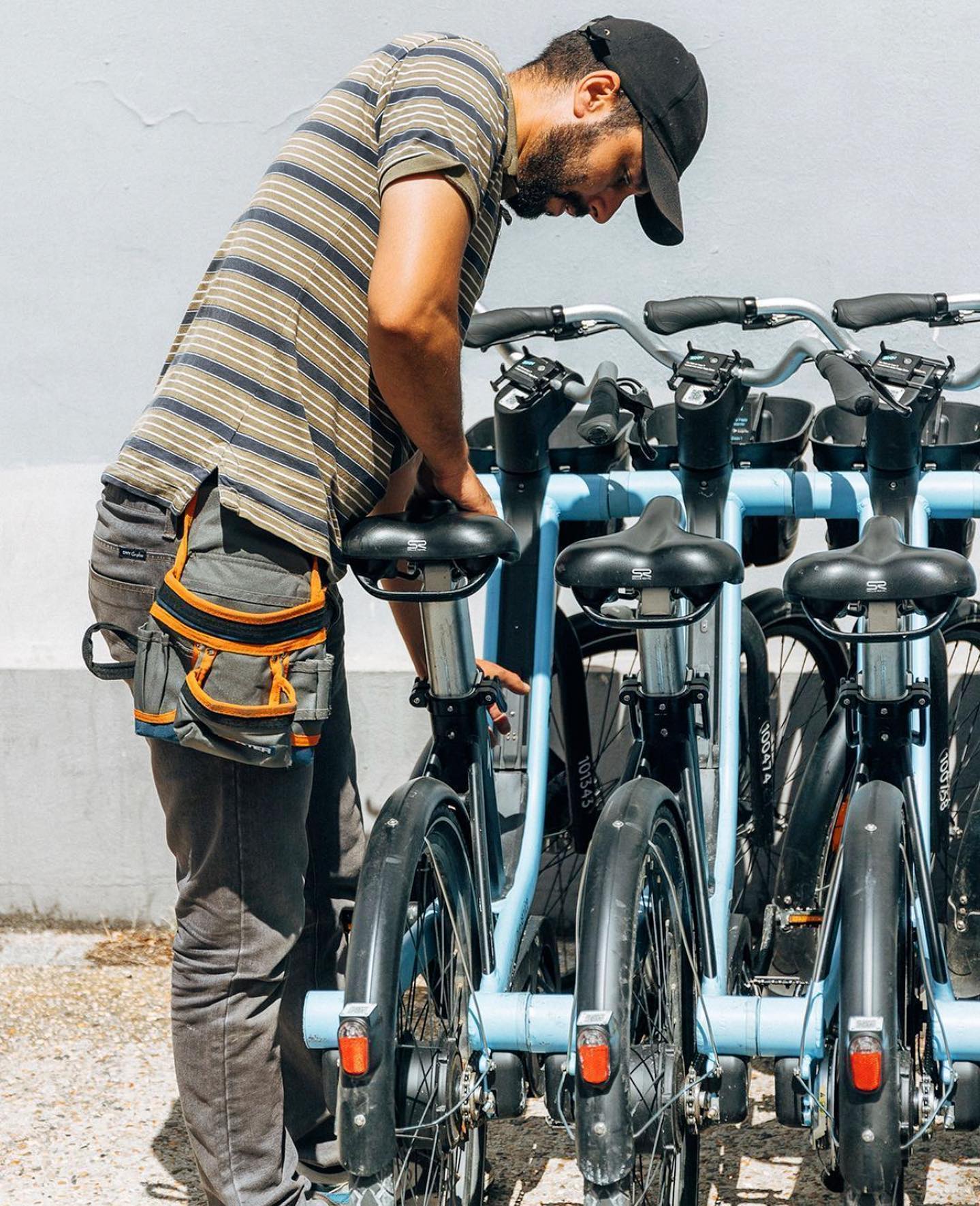Bike Share Parking and Dedicated Bike Parking: Balancing Space and Accessibility
Bike share programs have been popping up in cities around the world, providing an affordable and sustainable way to get around urban areas. With the rise of bike share programs, cities have had to adapt their infrastructure to accommodate the growing number of bikes on the road. One of the key components of this infrastructure is bike parking.
Bike share programs typically rely on a system of docks or stations where bikes can be rented and returned. These docks take up valuable sidewalk space, and cities must decide how many docks are needed to serve the demand for bike share. In addition, cities must provide dedicated bike parking for both bike share users and those with their own bikes.
Studies have shown that bike share programs are most successful when there is a high density of bike docks in a small area. This allows users to easily find and rent bikes, and encourages people to use bikes for short trips instead of other forms of transportation. However, too many bike docks can also be problematic. A study by the National Association of City Transportation Officials (NACTO) found that bike share stations should be placed no more than 300 meters apart to maximize usage.
When it comes to dedicated bike parking, cities should also consider the needs of both bike share users and those with their own bikes. Bike share users typically only need a dock to return their bikes to, while those with their own bikes require secure parking that protects their bikes from theft and damage.
One solution to the issue of bike parking is to use existing infrastructure, such as street furniture, to provide bike parking. This has been done in cities like Copenhagen, where benches and planters have been converted into bike racks. Another option is to repurpose parking spaces for bike parking. This has been done in cities like San Francisco, where car parking spaces have been converted into bike parking corrals.
In conclusion, bike share programs are an important component of urban transportation, but they require careful planning when it comes to bike parking. Cities must balance the need for a high density of bike docks with the need to use sidewalk space efficiently. Additionally, cities must provide dedicated bike parking for both bike share users and those with their own bikes. By repurposing existing infrastructure and spaces, cities can provide safe and secure bike parking without sacrificing valuable public space.



